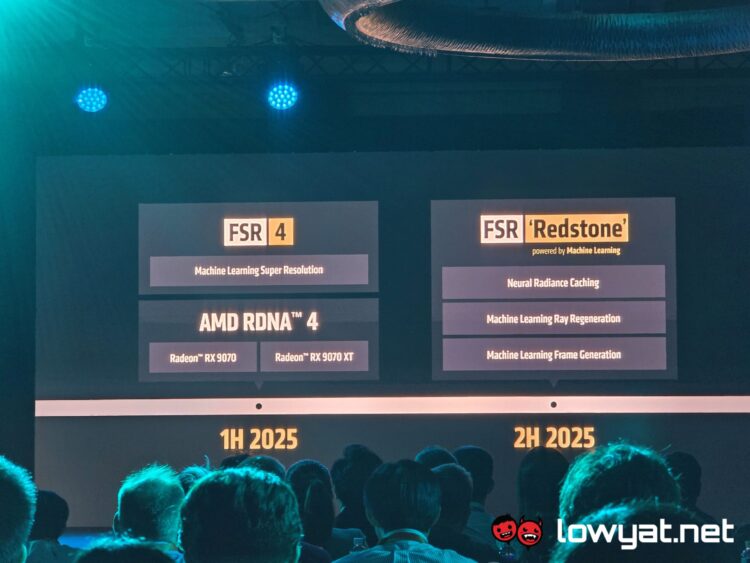AMD’s latest Adrenalin Edition drivers, version 25.9.1, is now bringing its current FidelityFX Super Resolution 4 (FSR4) to a majority of titles. Well, primarily titles that currently support FSR 3.1 and DX12, specifically.
The red chipmaker made the announcement via its official patch notes for the drivers. In total, the GPU driver update will cover more than 85 titles that are already available. Such titles include Cyberpunk 2077, Assassin’s Creed Shadows, Call of Duty Black Ops 6, Call of Duty Warzone, and Chronos: The New Dawn, to name a few.

“Enabling AMD FSR4 with our driver upgrade feature in supported games is straightforward. By updating your AMD Software: Adrenalin Edition driver, you automatically unlock access to this cutting-edge technology on your AMD Radeon RX 9000 Series graphics card. Simply enable FSR 3.1 within the supported game and ensure the FSR4 toggle is turned on from the AMD Software: Adrenalin Edition application. This last step allows the driver to override the FSR 3.1 game implementation with the latest version of FSR4.”
Mind you, you’ll still need a Radeon RX 9000 Series GPU to run AMD’s fourth generation AI upscaling technology. So, if you’re stuck running on a Radeon RX 6000 or 7000 Series GPUs, you’re out of luck, for the moment at least.
Naturally, we say “for the moment” because of AMD’s last hiccup when it accidentally and briefly released the source code for its latest upscaling technology together with its FidelityFX SDK 2.0 for developers. It’s already been removed from the repository but that opened up the door to developers that the red chipmaker may just allow them to use develop a compatibility layer for its with older Radeon GPUs.
On a side note, AMD also recently said that FSR Redstone is on track for launch later this year, and that the software will be given its own “dedicated presentation” when the time comes. As a quick primer, Redstone should, in theory, bring the upscaling technologies that are on par with the NVIDIA’s own DLSS technology. This includes Neural Radiance Caching, Machine Learning Ray Regeneration, and Machine Learning Frame Generation.



